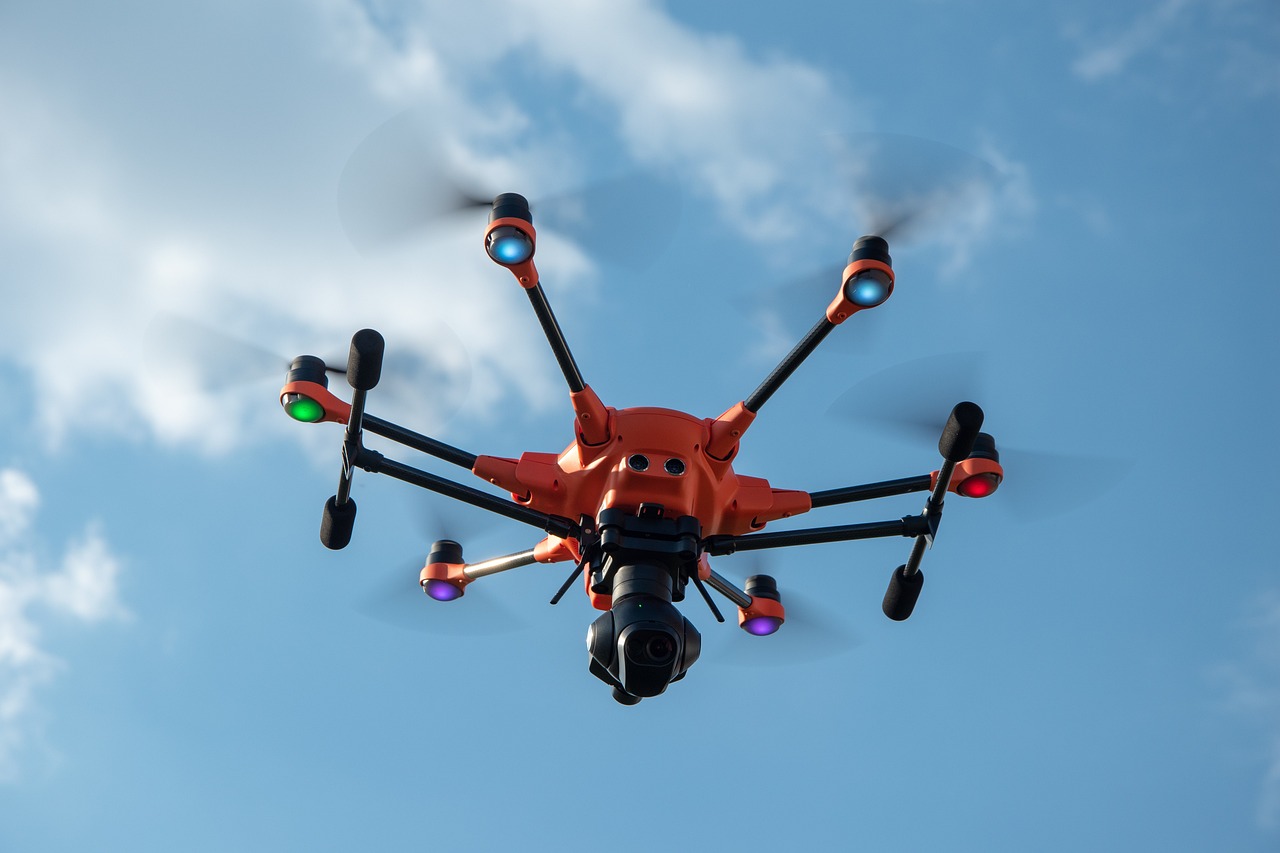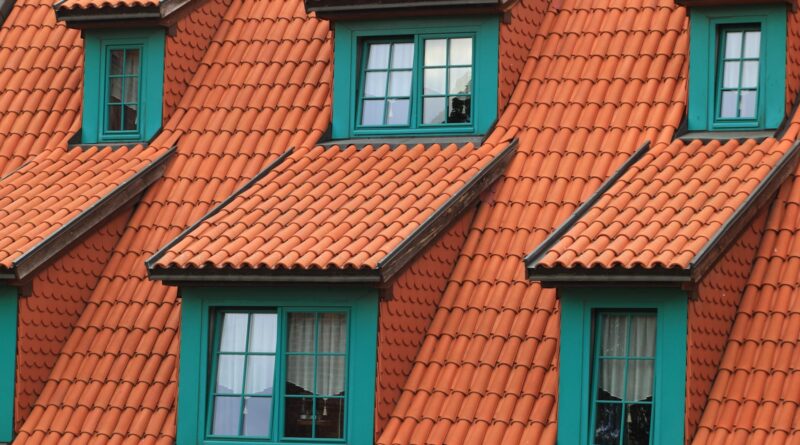Roof Resilience: Understanding Tech Trends in Advanced Inspection Methods
In the face of great climate change, global boiling, and extreme weather events, ensuring the durability and integrity of roofs is crucial for homeowners and building owners alike. Fortunately, advancements in technology have revolutionized roof inspections, making them more accurate, efficient, and cost-effective. Today, you’ll get insights into some of the cutting-edge tech trends that are transforming the way roofs are inspected. From drone technology to AI analysis, these innovations are paving the way for safer homes and stronger buildings.
AI Analysis
With the advancement of AI technology, roof inspections have become more efficient and accurate than ever before. AI analysis involves using machine learning algorithms to analyze data collected during a roof inspection. That’s how the mn roofing company and hail storm repair always ensure the best service for their clients. By analyzing images and data captured by drones or other advanced technologies, AI can identify potential issues with roofs, such as cracks, leaks, or structural damage.
It can also detect patterns that may indicate underlying problems. This allows inspectors to quickly assess the condition of a roof without having to physically inspect every inch. One of the key benefits of AI analysis in roof inspections is its ability to process large amounts of data in a short period. This means that multiple roofs can be inspected simultaneously, saving both time and resources. Additionally, AI algorithms are constantly learning and improving their accuracy over time.

Drone Technology
Drone technology has taken the world by storm, quite literally. These unmanned aerial vehicles have rapidly become a game-changer in various industries, including roof inspections. Equipped with high-resolution cameras and advanced sensors, drones can effortlessly navigate even the trickiest terrains to capture detailed imagery of roofs from every angle. Drones offer a safer alternative that not only reduces human risk but also provides more accurate data for analysis.
With their ability to fly at different altitudes and speeds, drones help identify potential issues such as cracks, leaks, or loose shingles that might otherwise go unnoticed. Moreover, drones allow for better documentation and record-keeping of inspection findings. The captured images serve as visual evidence of any existing damages or areas requiring maintenance. This helps homeowners and building owners make informed decisions about repairs or replacements without relying solely on verbal descriptions.
Thermal Imaging
Thermal imaging is a cutting-edge technology that has revolutionized the way we inspect and assess roofs. By using specialized cameras, thermal imaging can detect temperature variations on the surface of a roof, which can indicate areas of moisture intrusion or insulation deficiencies. With this tech, roof inspectors can identify hidden issues that may not be easily visible to human’s naked eye. It allows inspectors to quickly pinpoint problem areas without causing any damage to the roof itself.
This non-destructive testing method not only saves time but also reduces costs associated with repairs and replacements. With its high level of accuracy, thermal imaging provides valuable insights into potential energy loss and efficiency problems within a building’s envelope. By identifying areas where heat is escaping or infiltrating, property owners can take proactive measures to improve insulation and reduce energy consumption, ultimately leading to cost savings in the long run.
Final Notes: Do These Tech Integrations Increase the Roof Inspection Costs?
As we have explored the various tech trends in advanced roof …
Read More